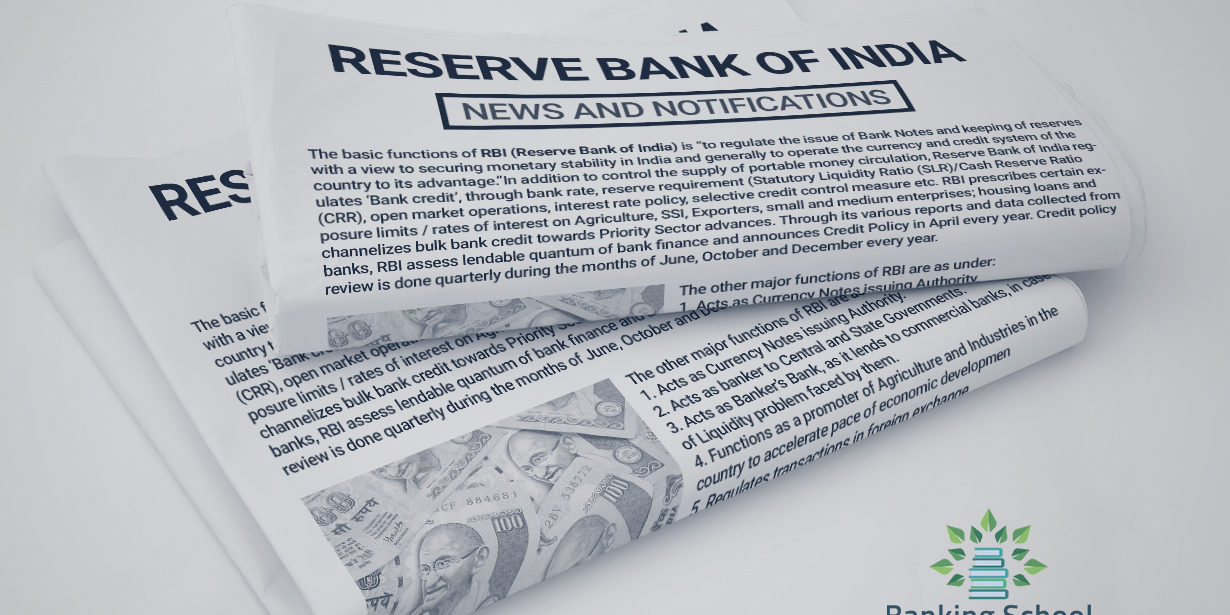The Reserve Bank of India today (04.01.2023), released the Annual Report of the Ombudsman Schemes for the period April 01, 2021 – March 31, 2022.
Some highlights from the Annual Report are as follows:
- Complaints under RBI’s ombudsman schemes rise by 9.39% to 4.18 lakh during the year 2021-22.
- The rate of disposal during the reporting period is 97.97% compare to 96.59 per cent in 2020-21
- Of the 418184 complaints received under the RBI ombudsman schemes, 304496 were handled by the 22 Offices of RBI Ombudsman (ORBIOs) and 30 Consumer Education and Protection Cells (CEPCs).
- Since the establishment of Centralised Receipt and Processing Center (CRPC), 149419 complaints handled at the CRPC*. Of these, 143552 complaints had been disposed as at the end of March 31, 2022.
- The majority of complaints, i.e., 63.63 per cent were resolved through mutual settlement or conciliation, or mediation.
- Complaints relating to digital modes of payment and transactions were the highest in number. It constitutes nearly 42.12 per cent of the total complaints received during the year.
*Reserve Bank – Integrated Ombudsman Scheme (RB-IOS) was launched on November 12, 2021. Under the RB-IOS, 2021, a CRPC was established at RBI, Chandigarh to receive complaints through email/physical mode from across the country and handle the initial scrutiny and processing of these complaints before assigning the maintainable ones to ORBIOs for further redressal.
The Annual Report covers the activities under the erstwhile Ombudsman Schemes i.e., Banking Ombudsman Scheme, 2006 (BOS), the Ombudsman Scheme for Non-Banking Financial Companies, 2018 (OSNBFC), and the Ombudsman Scheme for Digital Transactions, 2019 (OSDT) up to November 11, 2021, along with the activities under RB-IOS, 2021 since November 12, 2021.
A Contact Center to assist complainants in lodging their complaints, providing them information regarding redressal mechanisms at RBI and awareness messages related to safe banking practices in ten regional languages (Assamese, Bengali, Gujarati, Kannada, Oriya, Punjabi, Malayalam, Marathi, Tamil, and Telugu) apart from Hindi and English, was also set up.



